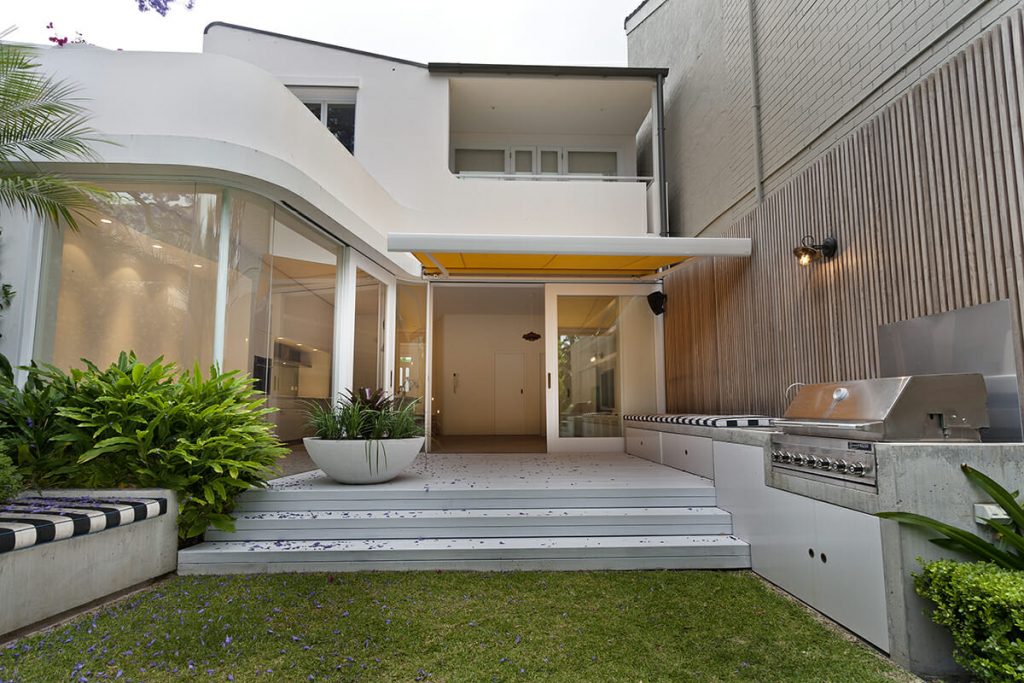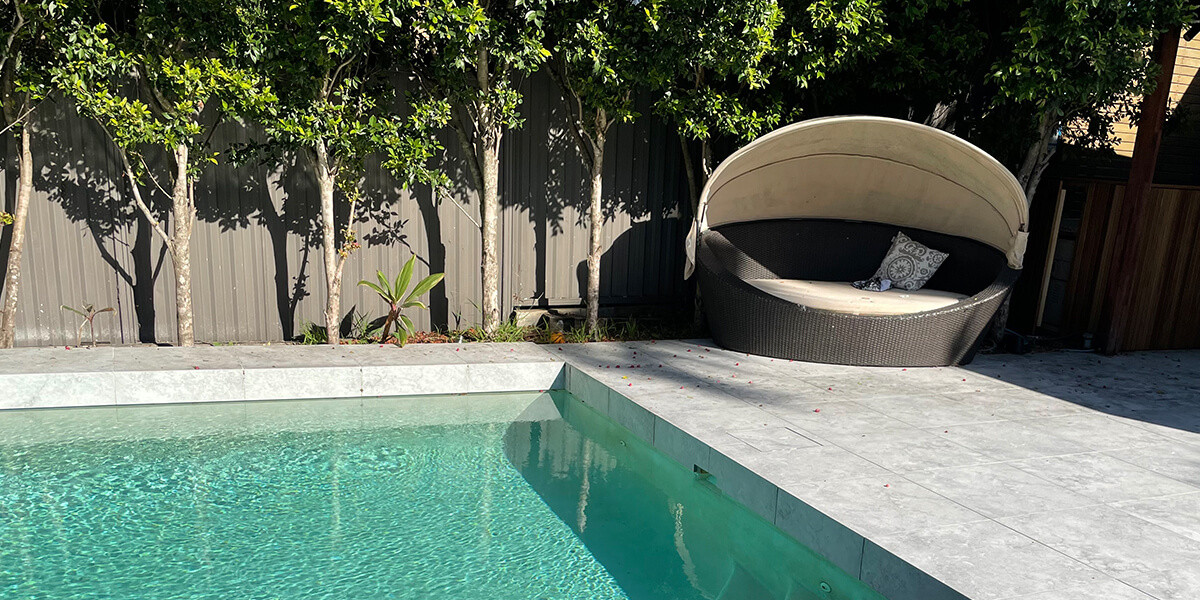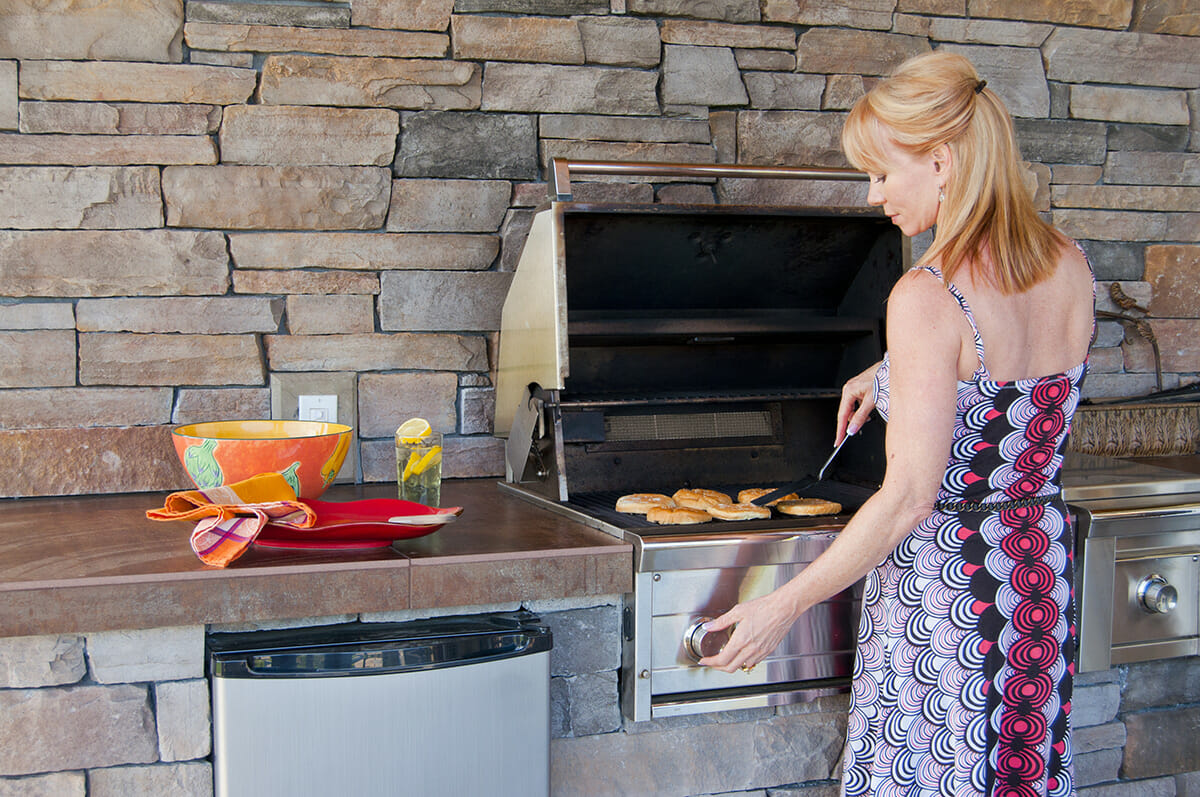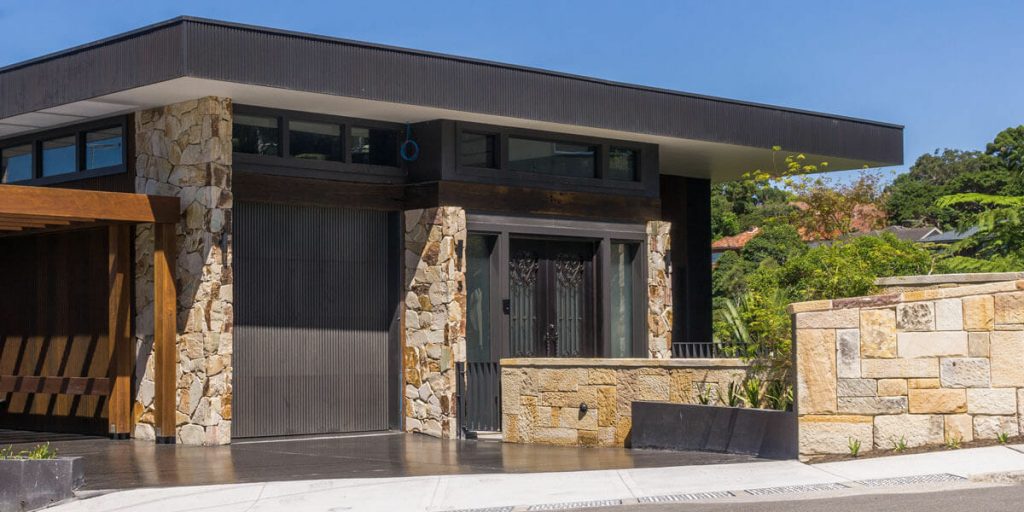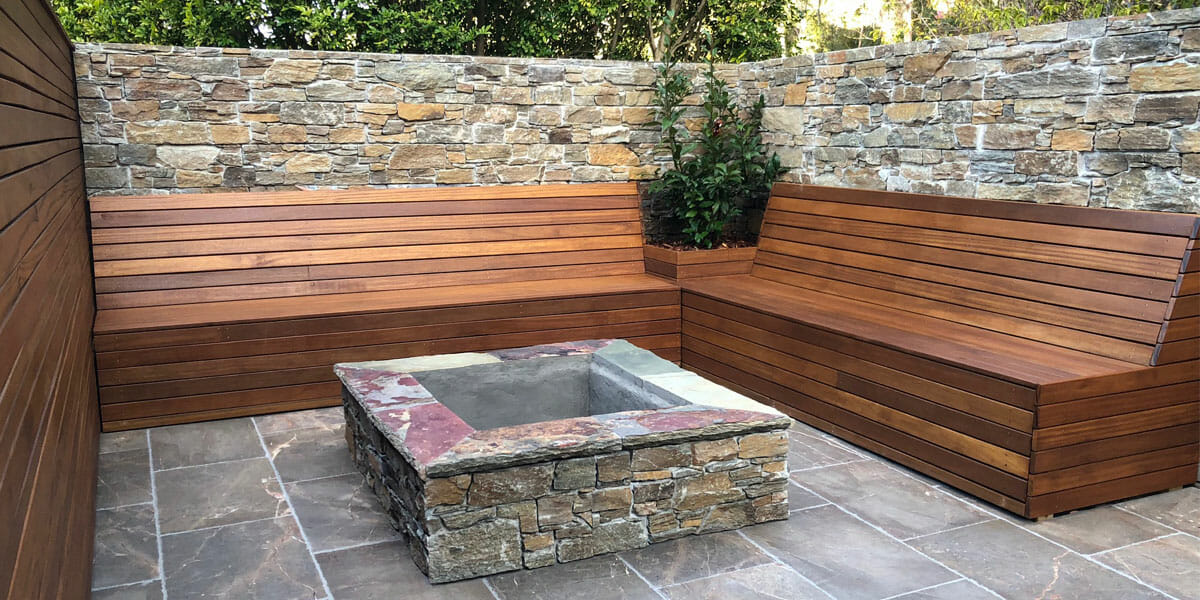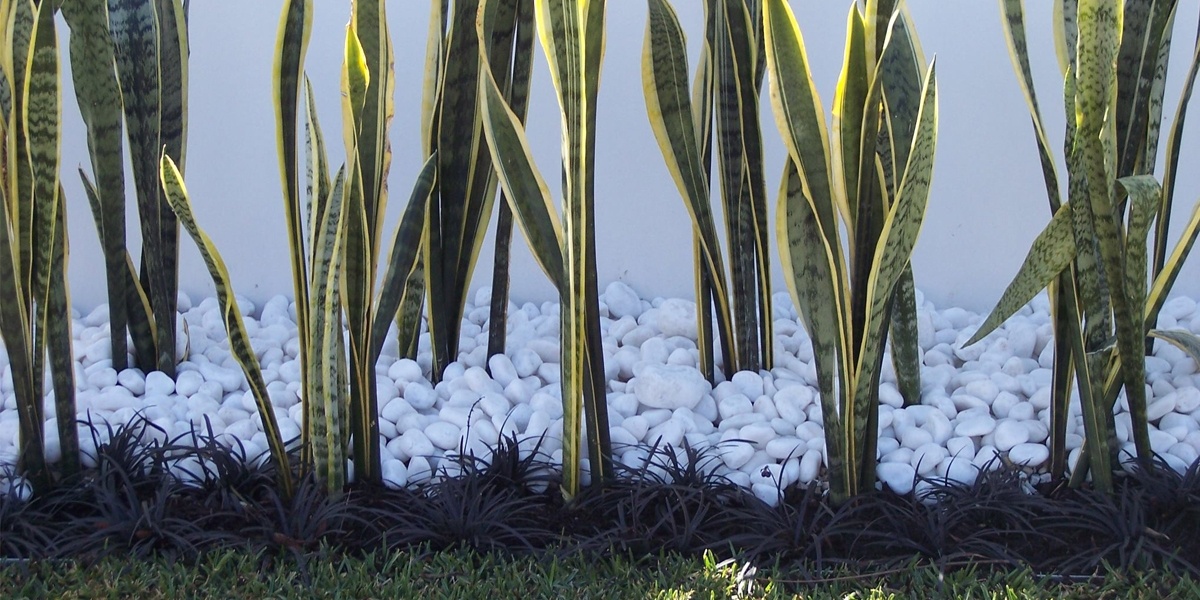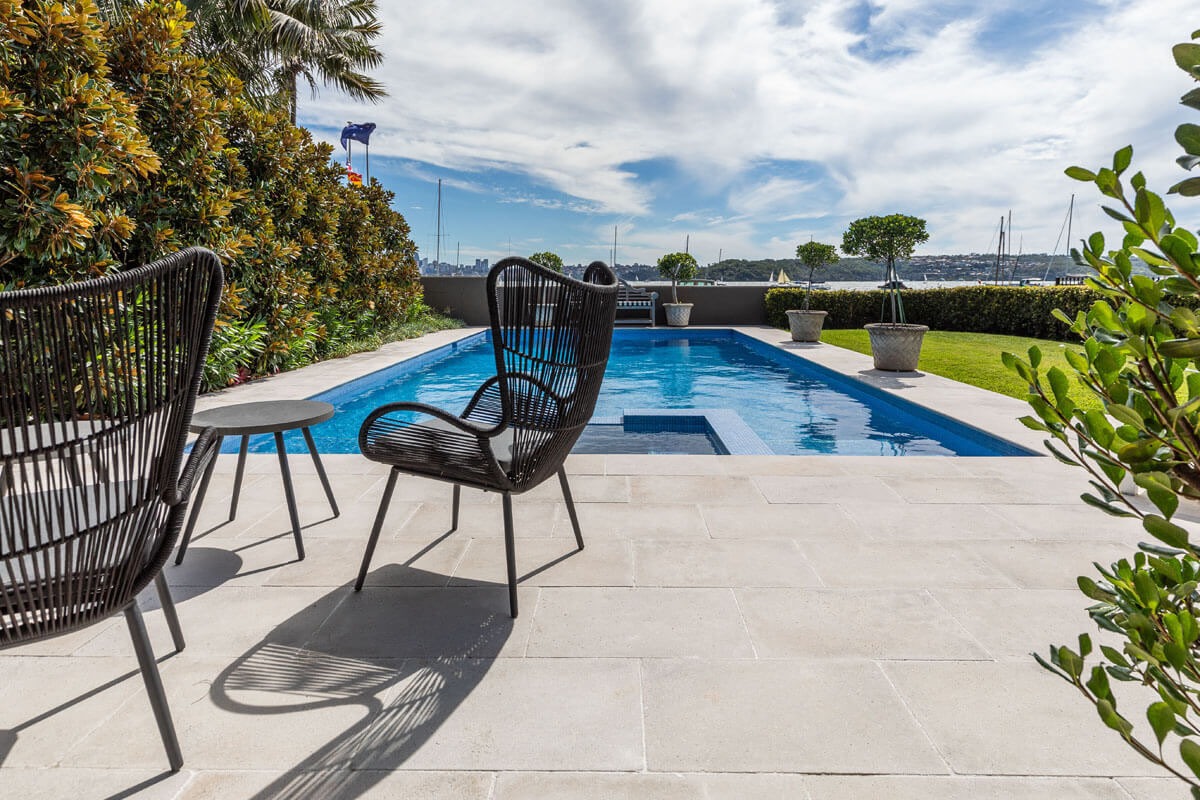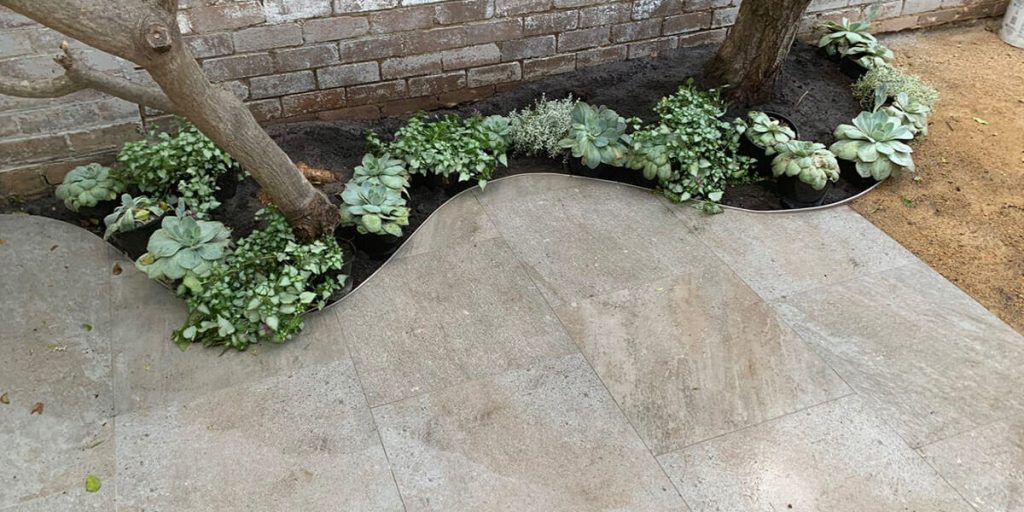
If you live in Australia, you know how hot it can get in the sun, even if you’re only standing in its direct light for just a few minutes.
So if you feel the heat, your garden feels it too.
With the climate getting warmer and warmer and the frequency of hot days increasing, your plants have a heightened risk of getting damaged in the summer months.
In saying this, with a bit of forward thinking, there are a few simple, sustainable and inexpensive ways that you can protect your garden. In our article below, we outline 10 of these.
Ready?
Let’s dive in!
1. Water deeply and regularly
This may be an obvious one, but we mention it because it’s that important. Ideally, you want to water your plants early in the morning, allowing water to soak into the soil before the heat of the summer day triggers the evaporation. If watering your plants in the morning isn’t ideal, you might choose to water them in the evening. Though this is better than watering them during the heat, night watering means your plants won’t have the opportunity to dry properly, increasing the chance of fungus and mildew to grow and fester.
In order to water deeply, apply more water to any area for longer periods of time. Even if you water every second or third day, this encourages the roots of your plants to sink more deeply into the soil, giving them a reprieve from the hot sun.
2. Raise the height of your mower blades
Letting the grass grow a little longer than usual is an important little garden hack for the summer months. Why? Longer grass blades will better protect the roots and the grass tips won’t dry out as quickly. On top of this, make sure to apply the first tip (deep watering) at least 2-3 times a week. This will ensure that the grass roots sink deeply into the soil and establish a buffer between the roots and the hot sun: which is important to maintain the longevity and lusciousness of your garden.
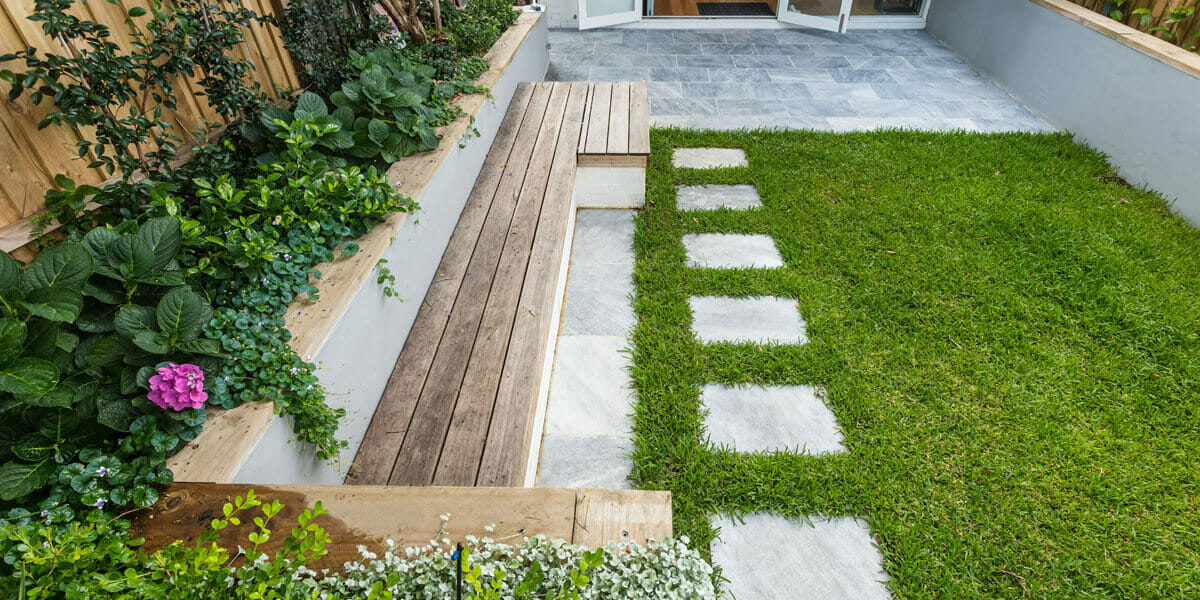
** Siri marble Stepping Stones
3. Add some mulch
Any organic matter, whether it’s shredded wood, straw or a mix of grass clippings/shredded leaves, when sprinkled over the top of the soil can help protect it. You see, adding a layer of mulch over your soil is one of the best things you can do for your garden in summer. Why? Because mulch blankets the ground and provides a shield for the soil from the harsh sun. This helps unnecessary evaporation of water and keeps the soil cooler for longer and ensures that the roots of your plants stay healthier.
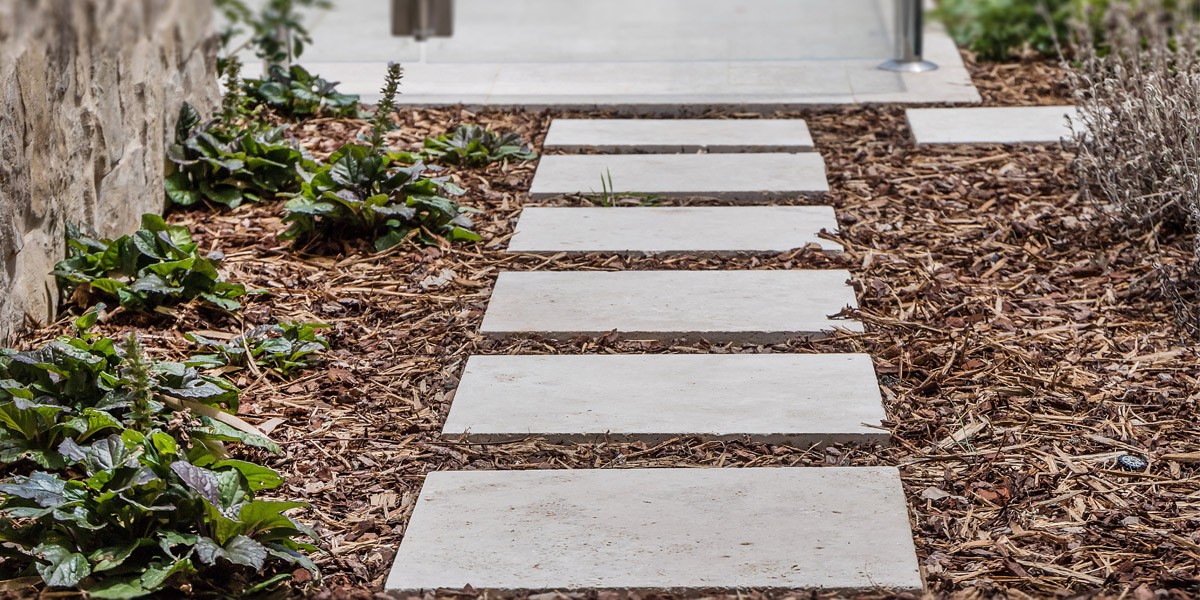
4. Protect potted plants
Potted plants – especially those in terracotta and ceramic pots – are vulnerable in summer because they can quickly heat up. The good news is that potted plants can be easily moved out of the peak summer sun. While moving the potted plant out of the direct sunlight is the optimum solution, we understand that sometimes this isn’t possible. So if you want to ensure your potted plants stay cool, place them on a saucer of sand and keep the sand moist at all times. The reason sand is better than a water-filled saucer is because water can cause root rot and attract mosquitoes – neither of which are ideal for your garden. In the event that the potted plant’s soil completely dries up, remove the plant and place it in a bucket of water for 30 minutes. Drain the water afterwards and watch your plant come back to life.
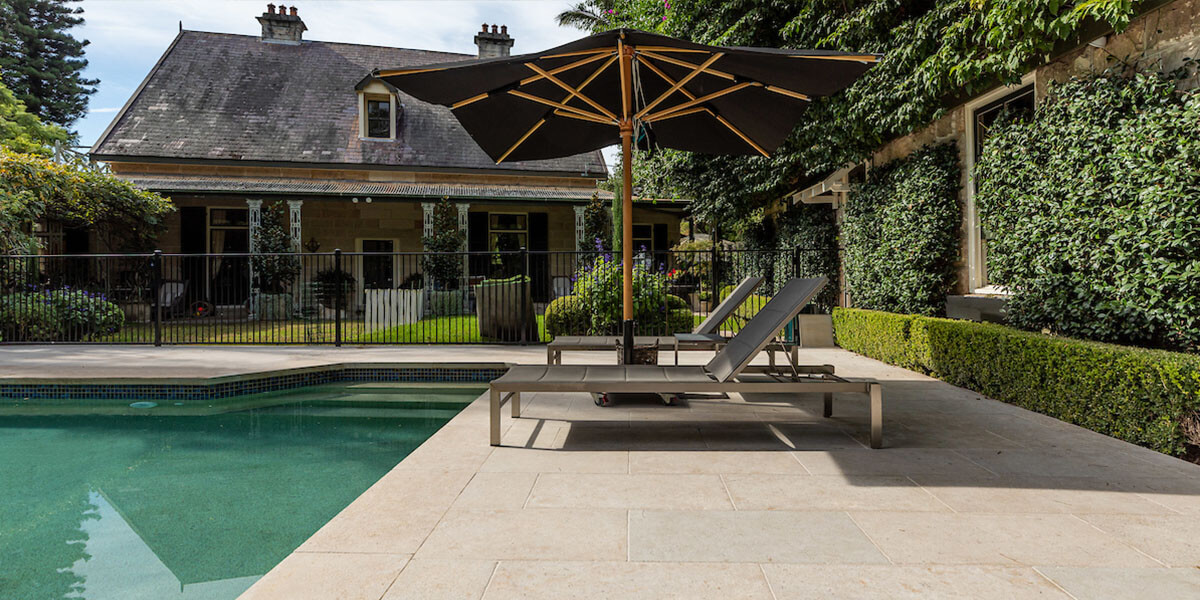
5. Be careful of hot water
Though this might seem like it goes without saying, it is very important to drain your hose of water right after watering your garden or prior to starting. Why? Because leaving your hose filled with water means that it will heat up overtime (especially if left in the sun) and so if you use this hot water on your garden, it will scold your plants and lawn, creating more damage.
6. Shield your patio
We know you love (and are proud) of your patio and want to indulge in your new outdoor living as much as possible. However, we want to warn you that unless you factor in the strong Aussie sun, over time, it can take its toll both on you and your patio. This is why it’s important to add a shady refuge and invest in a patio umbrella. Not only will this give you a beautiful spot to relax in the shade, but it will protect your furniture and keep your tiles cool underfoot. Additionally, you might want to consider investing in installing light-coloured ‘cooling tiles’ like Limestone, which retain their cool no matter how hot it gets.
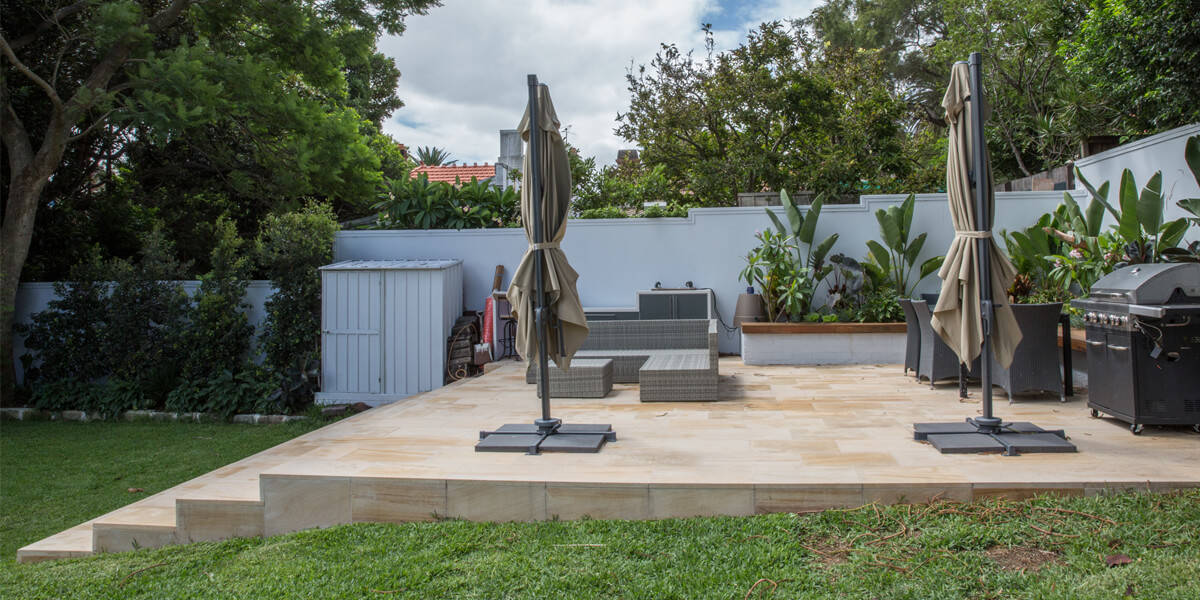
7. Beware of the wind
Hot windy air can quickly dry out soil, plants and mulch. This is why we recommend installing a living screen such as a hedge or fence. When choosing a fencing solution, ensure that it is one that allows for airflow because if the air can’t circulate through your garden, it will turn into a heat trap.
8. Cover your veggie patch
Believe it or not, some varieties of vegetables can get sunburnt in the peak of summer. This is why it’s important to install a shade cloth over your veggie patch and protect your vegetables. Other ways to protect them is by applying a soluble fertiliser every two weeks and adding some Seasol to the mix to strengthen the plants. As per the previous tips, water the vegetables in the morning and harvest them at the same time before the heat of the day wilts them away.
9. Install a rainwater tank
Many gardeners believe that rainwater is more beneficial to plants than tap water. Why? Because rainwater contains all the natural minerals and nutrients (and no added chemicals) that plants love. If you have the space in your garden and the budget for a rainwater tank, you can also save on your water bill, making it a smart and beneficial long-term investment.
10. Prevent leaf burn
If you spray water, fertilisers or chemicals onto plant foliage in the peak of hot, sunny weather you can cause your leaves to burn. The water on the leaf acts like a magnifying glass, intensifying the sunlight on the leaf and thus burning the leaf. This is similar to using a magnifying glass to burn paper. To prevent this, simply follow instructions on fertilisers or chemical sprays and only ever water in the morning or evening when the sun is not at its peak.
We hope you found these 1o tips helpful!
If you need any more help with transforming your garden into a summer haven, reach out to our experts at Armstone online or at 1300 560 560. Alternatively, check out our other gardening tips and advice on our blog.
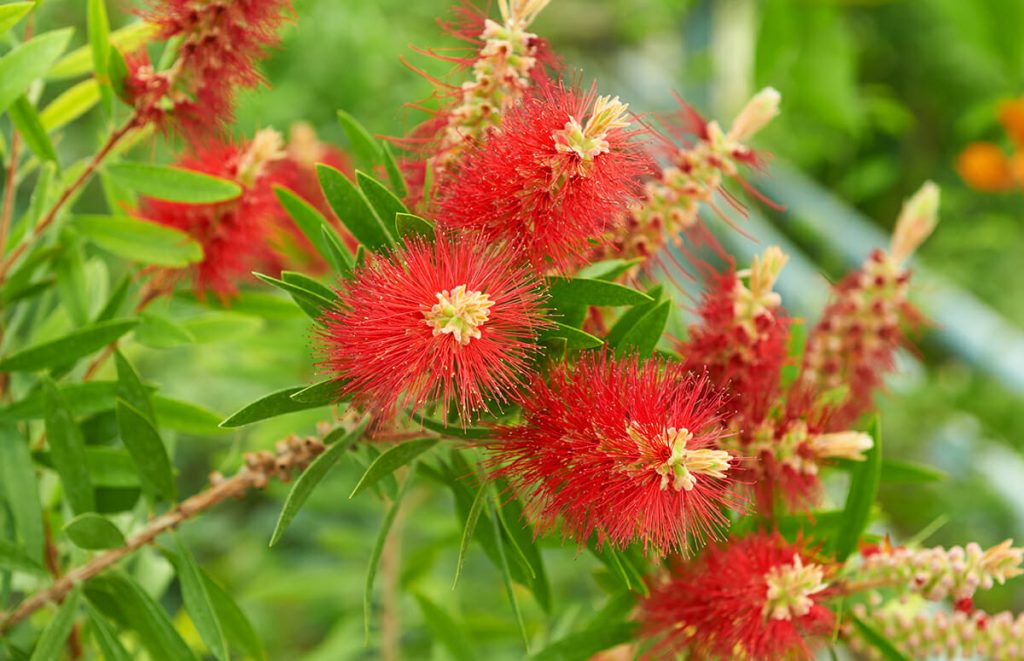
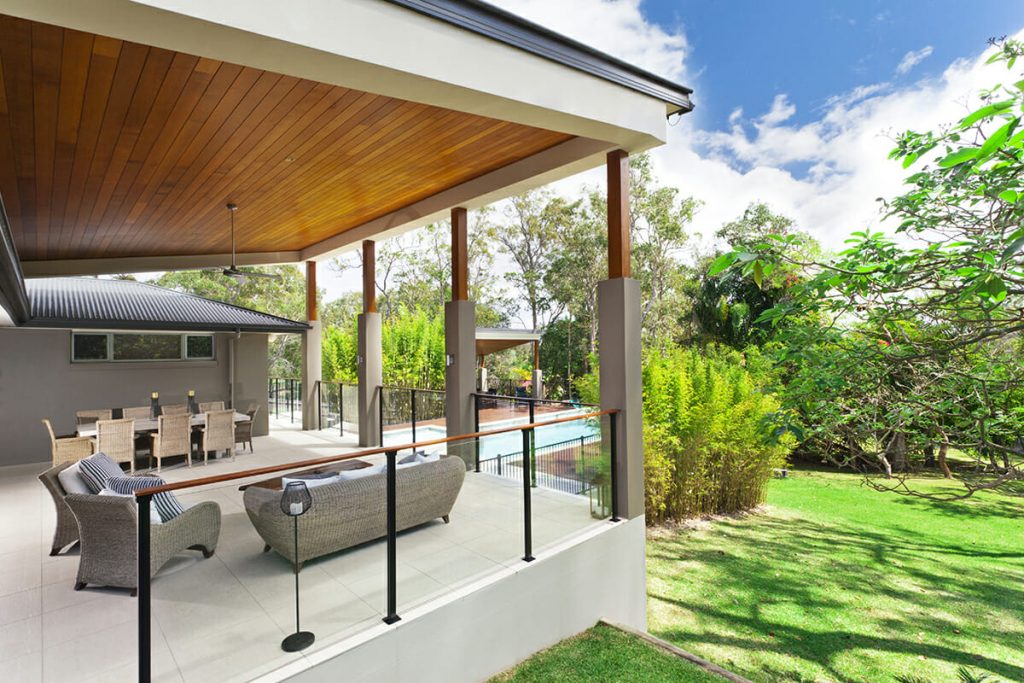
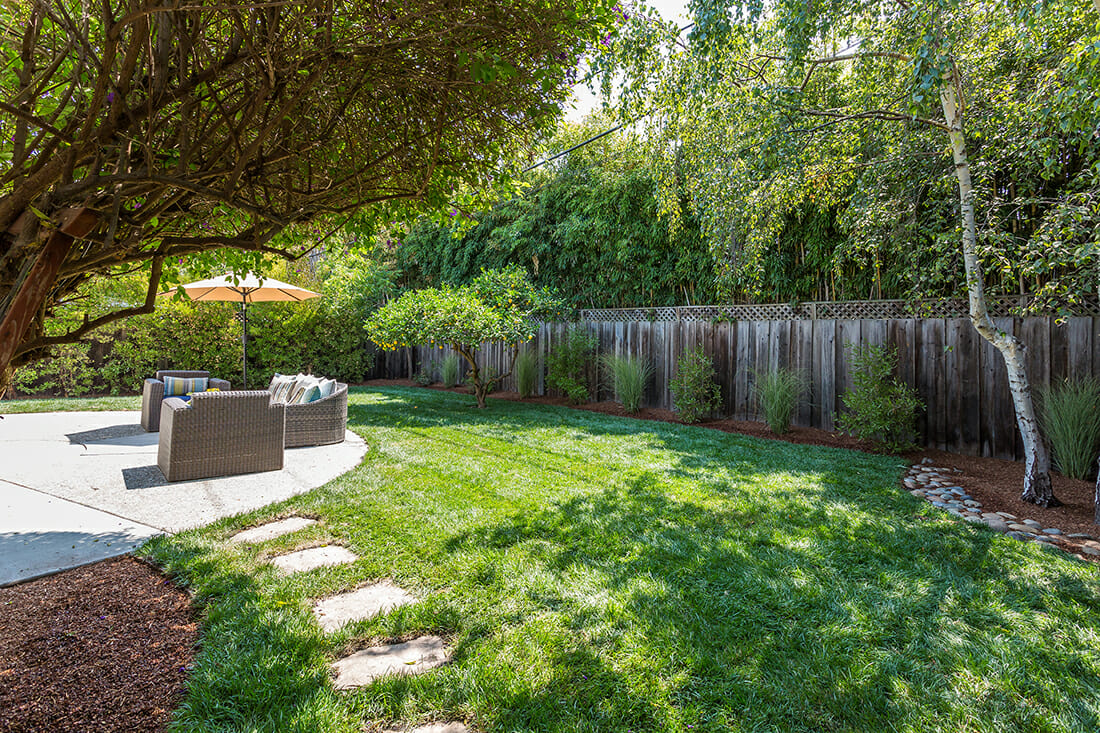
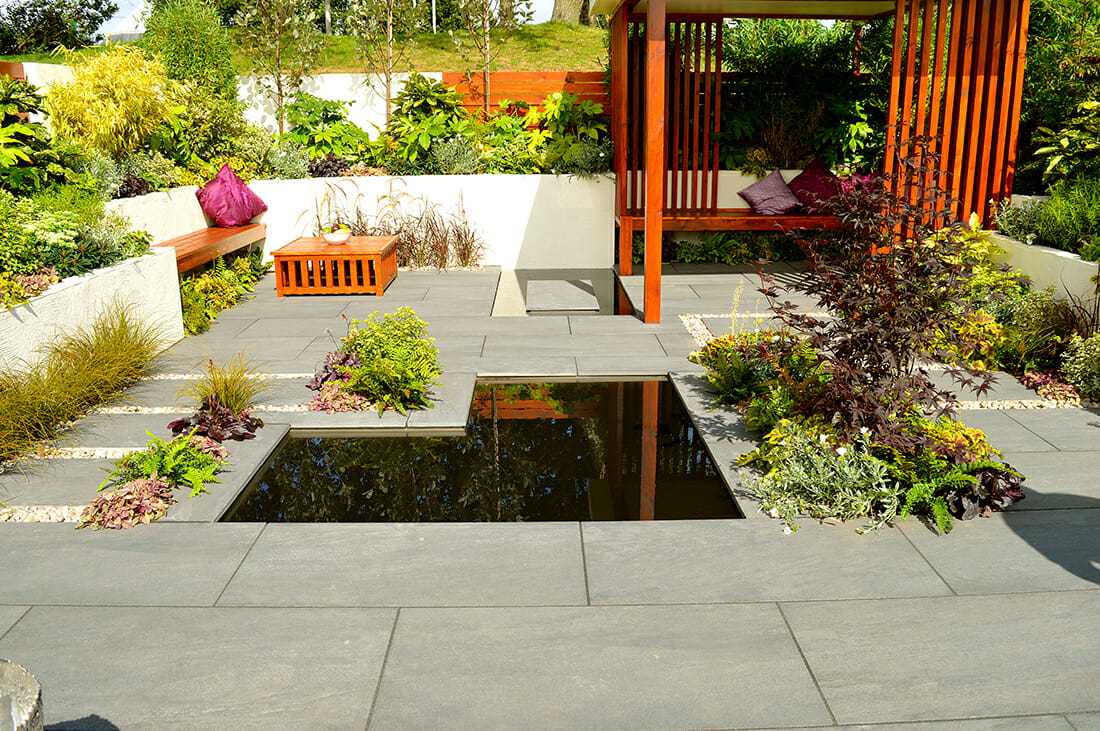
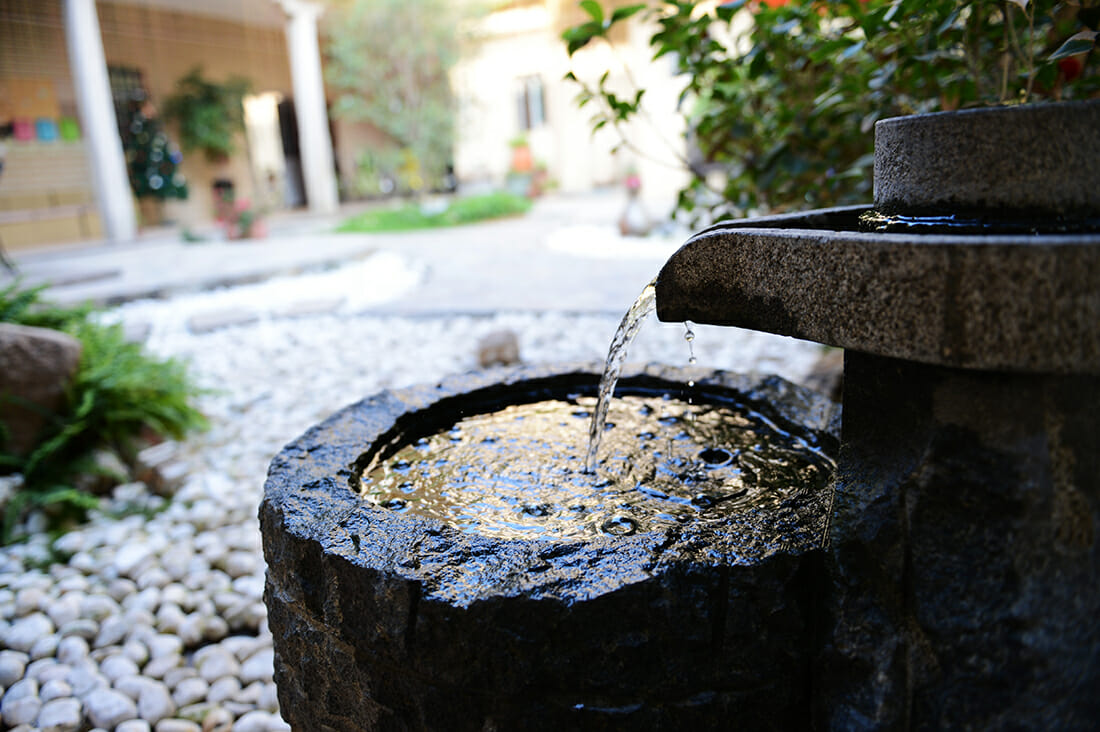
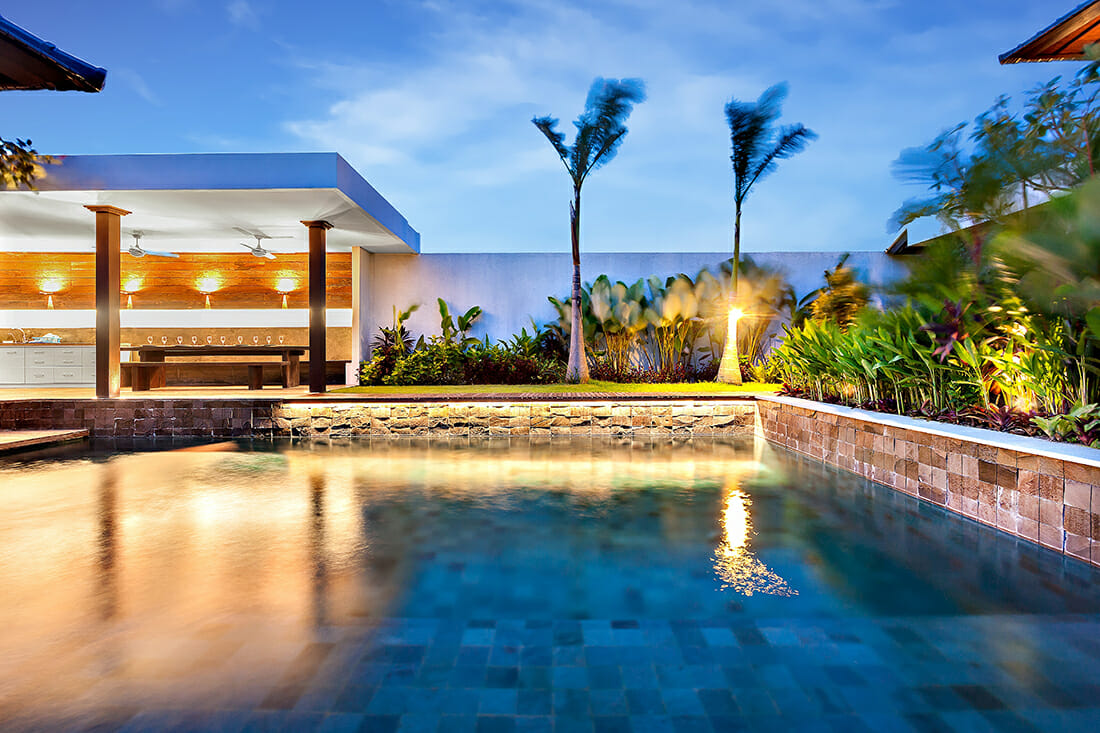
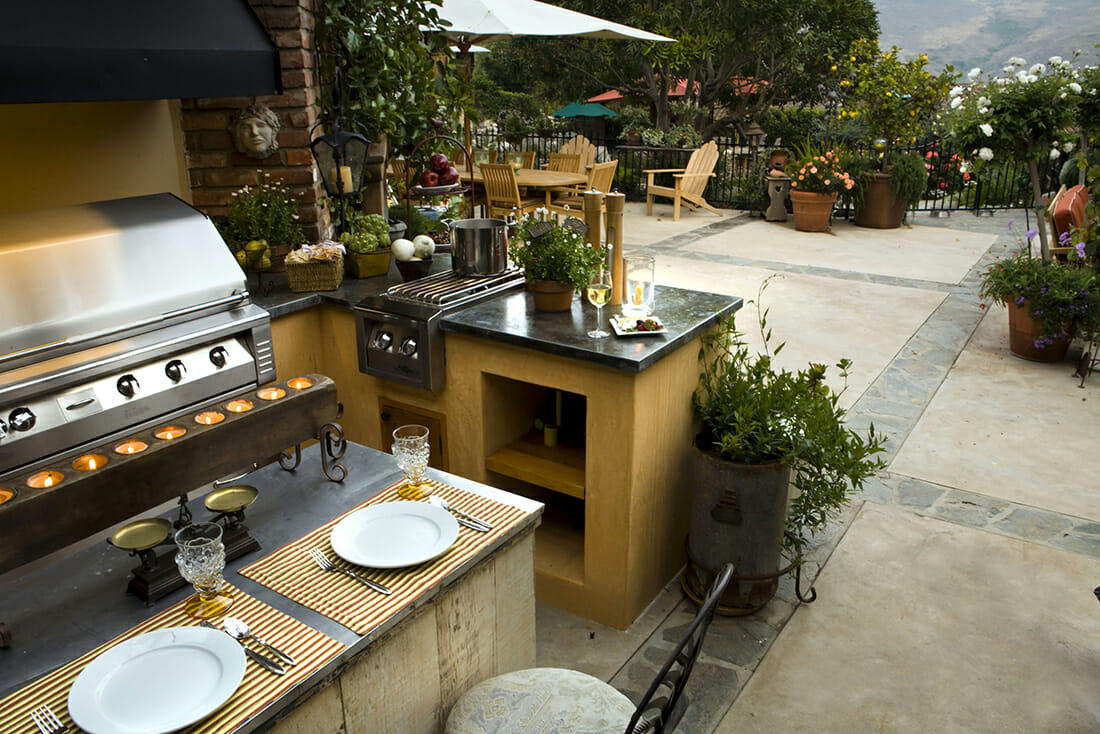
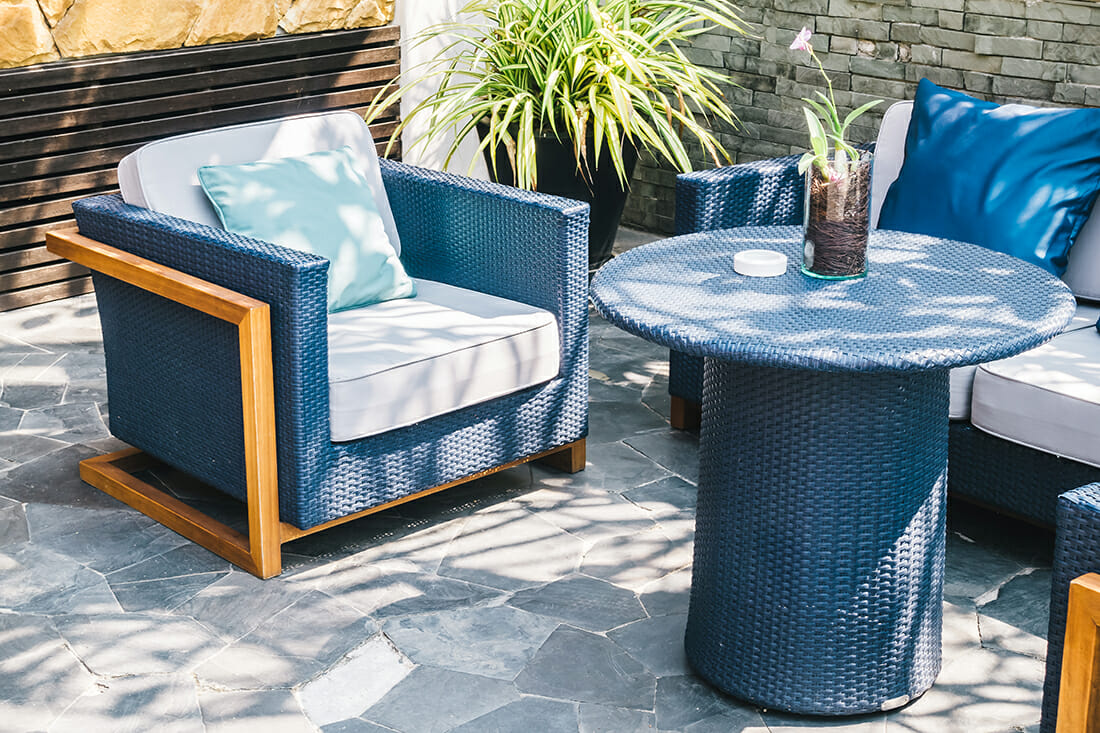
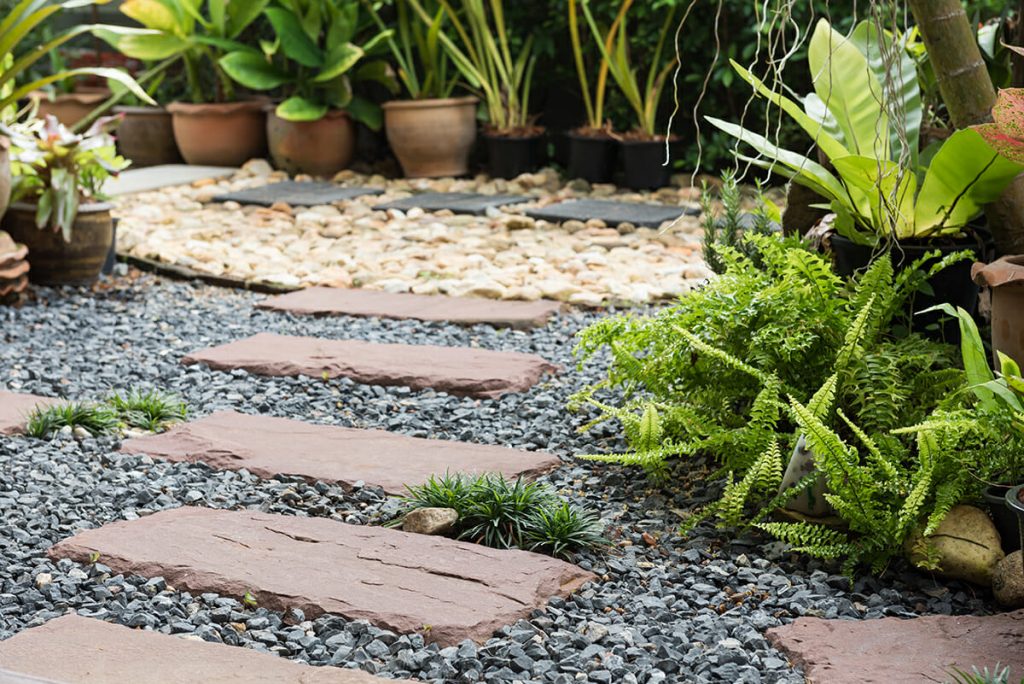
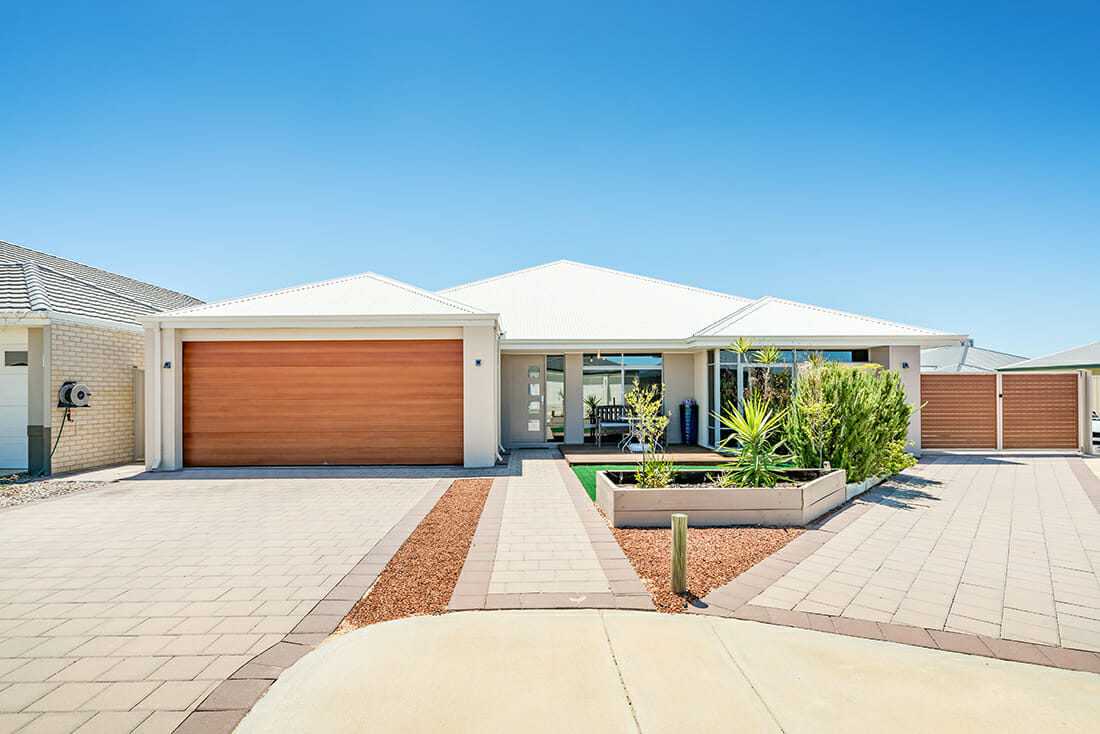
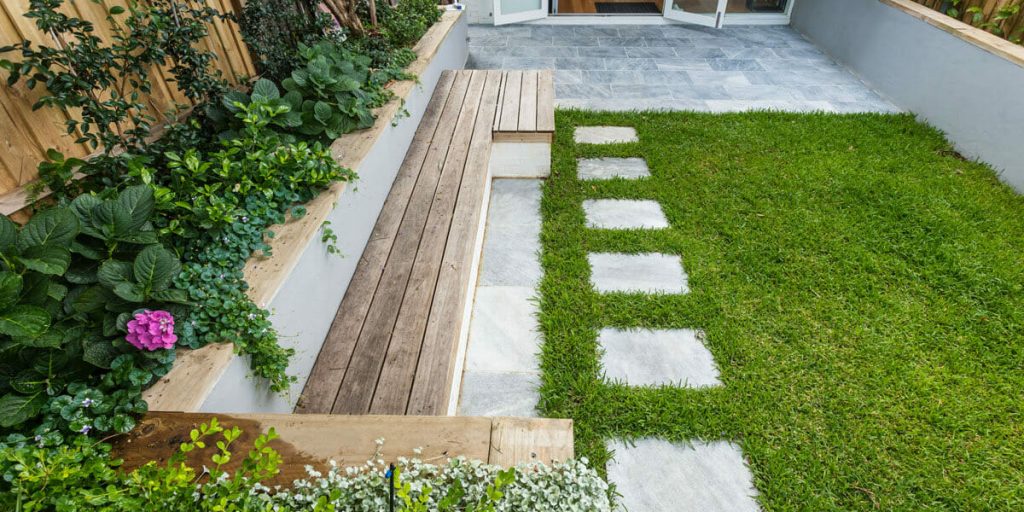
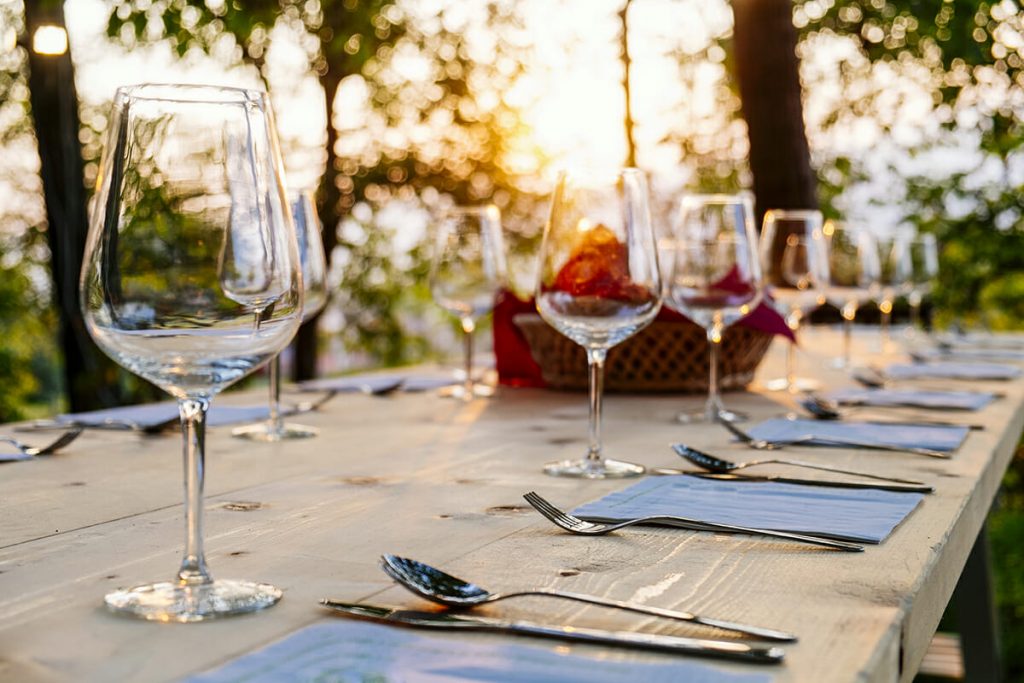
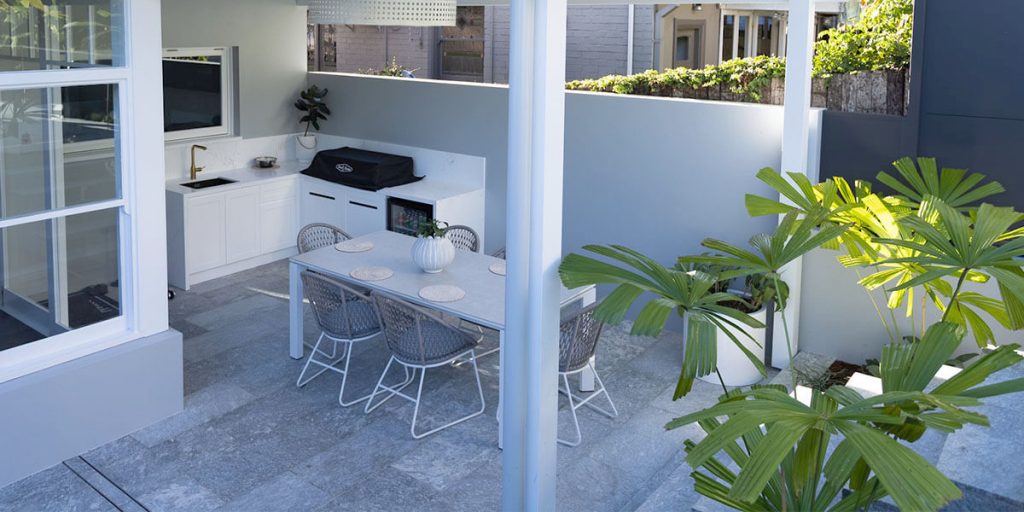
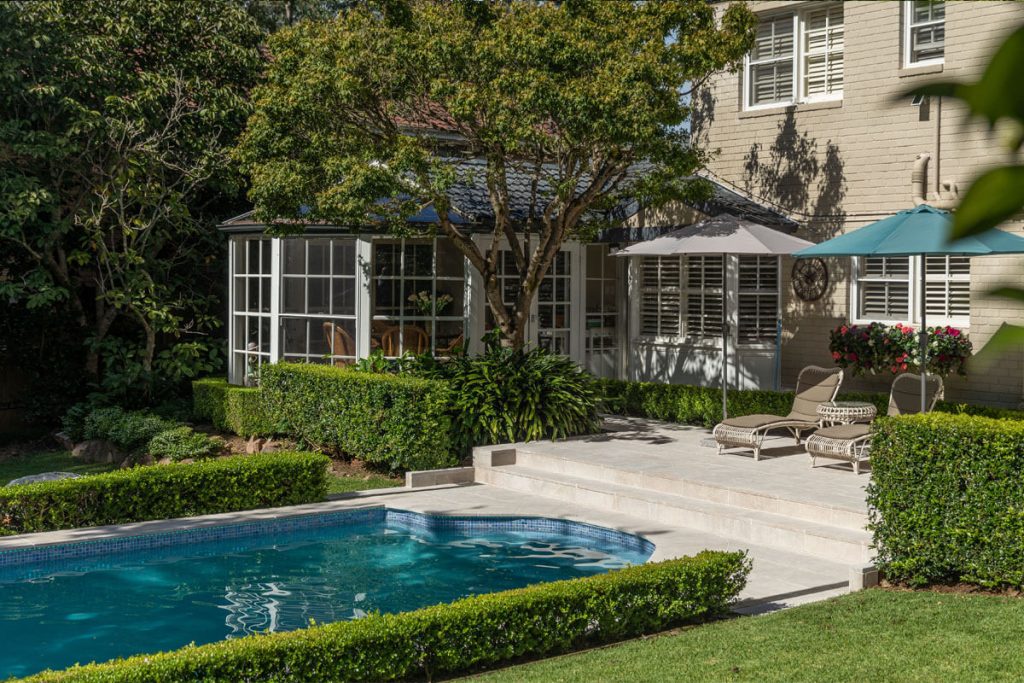
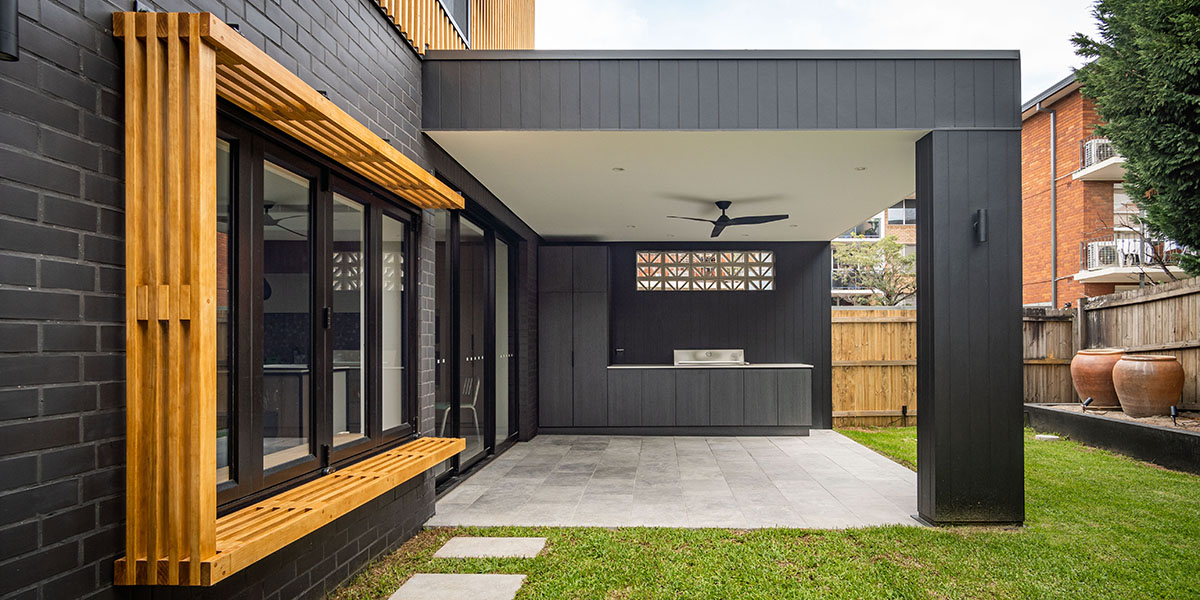
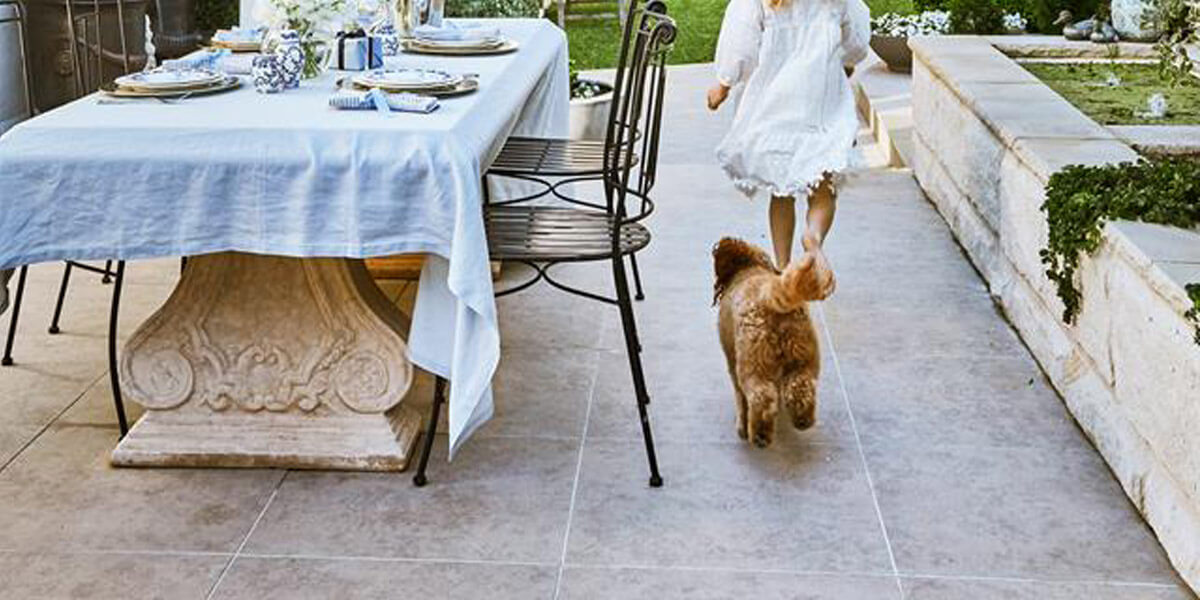
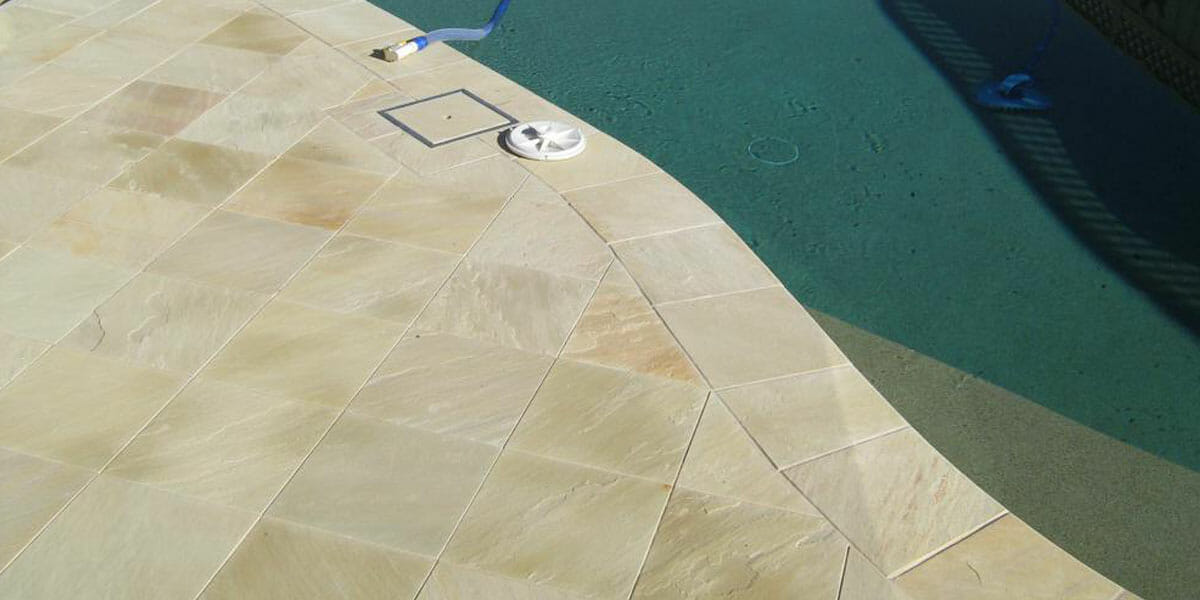
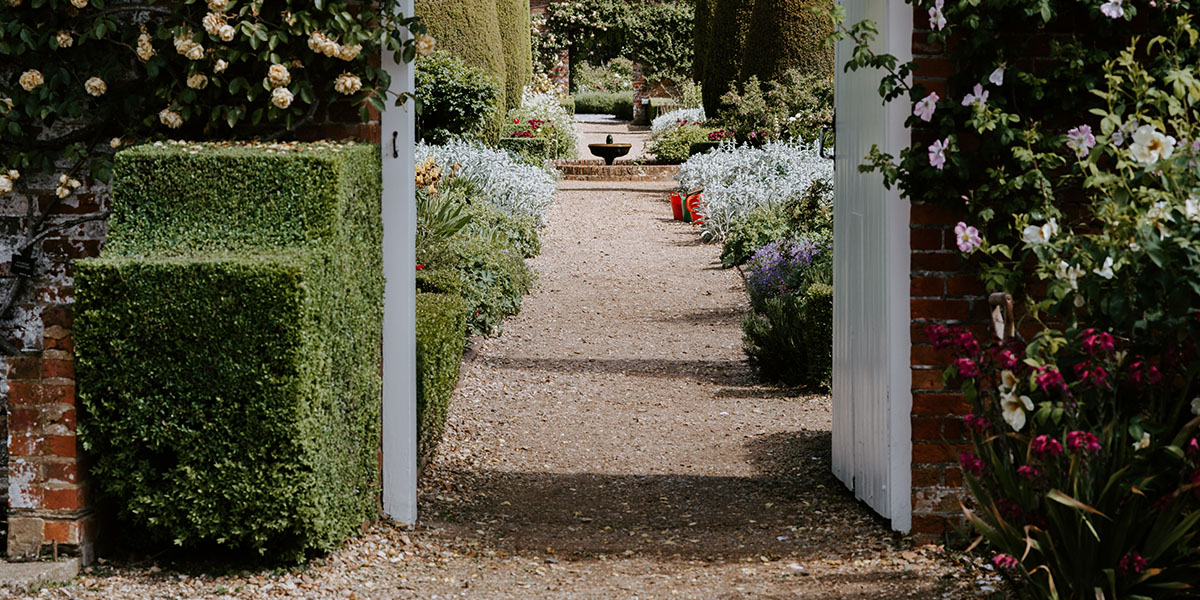
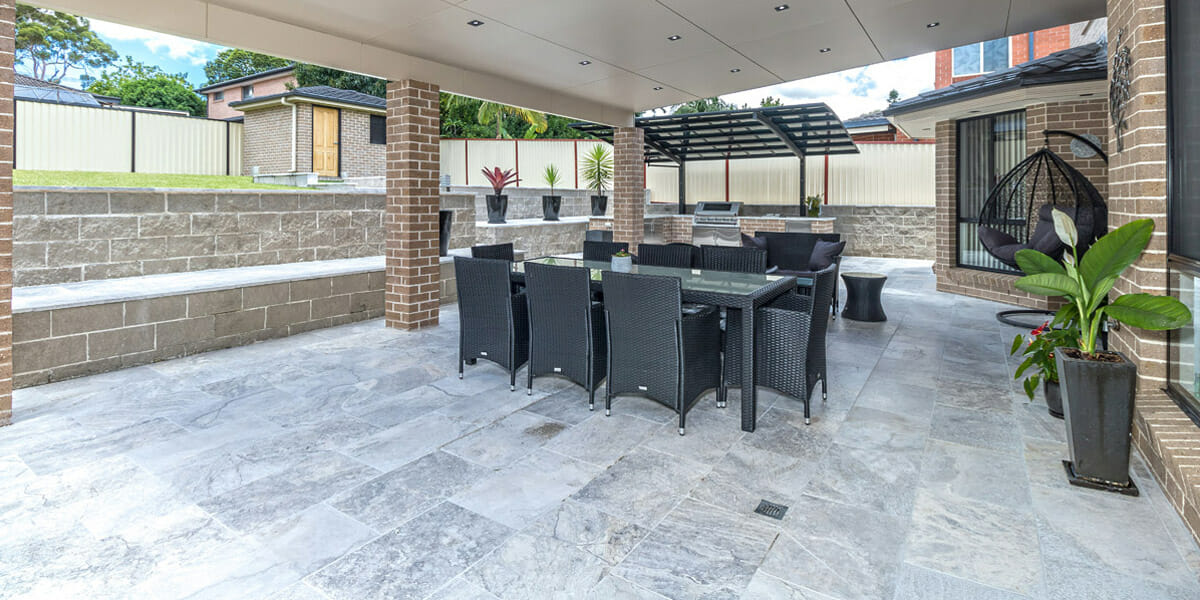
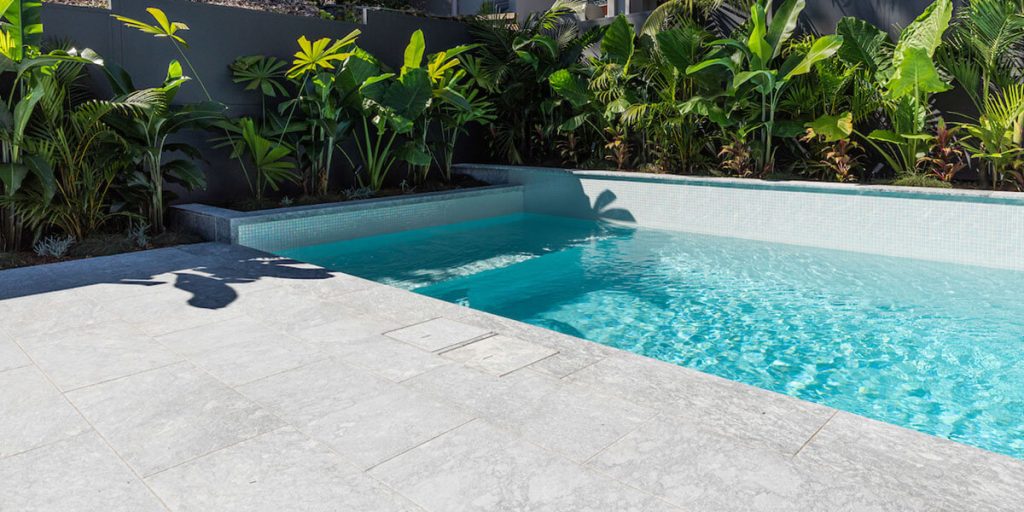
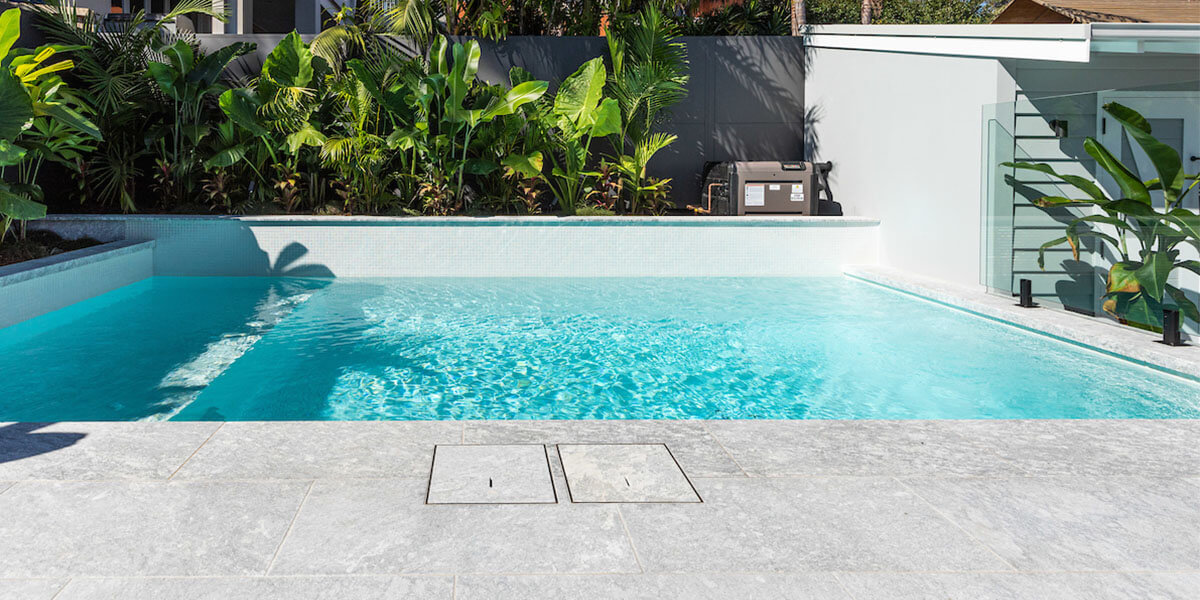
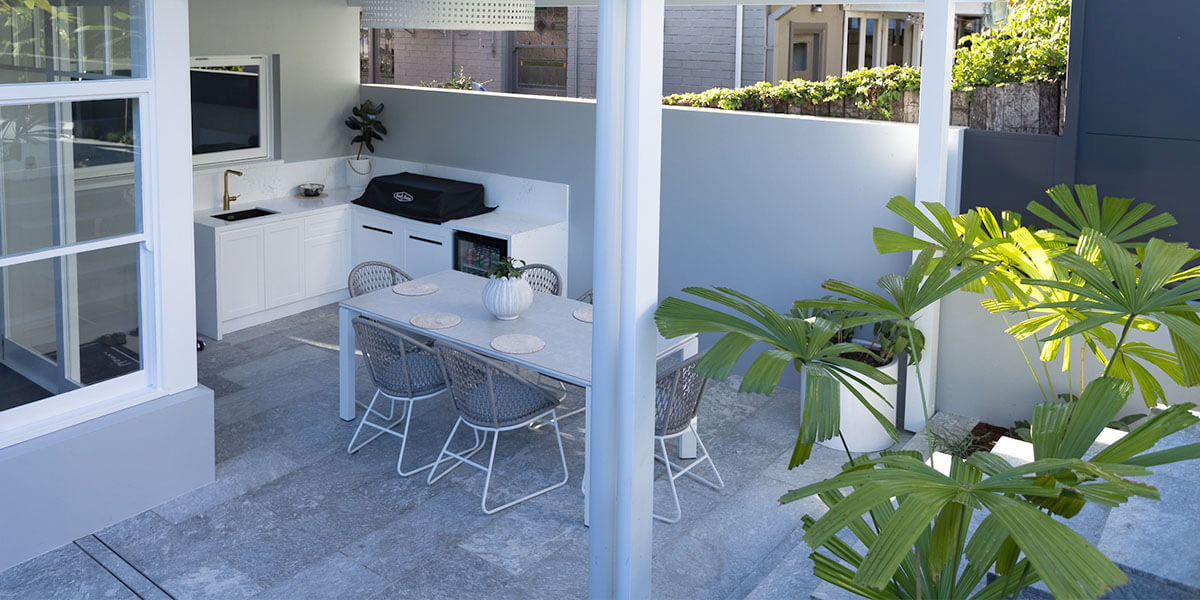 If you have a patio umbrella near the poolside, check it regularly for mould and mildew which can form as a result of exposure to moisture from the pool. For a quick clean, open your umbrella and wash it down using a mixture made with warm water and white vinegar. Give the umbrella a scrub, hose it down and then leave it open to dry.
If you have a patio umbrella near the poolside, check it regularly for mould and mildew which can form as a result of exposure to moisture from the pool. For a quick clean, open your umbrella and wash it down using a mixture made with warm water and white vinegar. Give the umbrella a scrub, hose it down and then leave it open to dry.